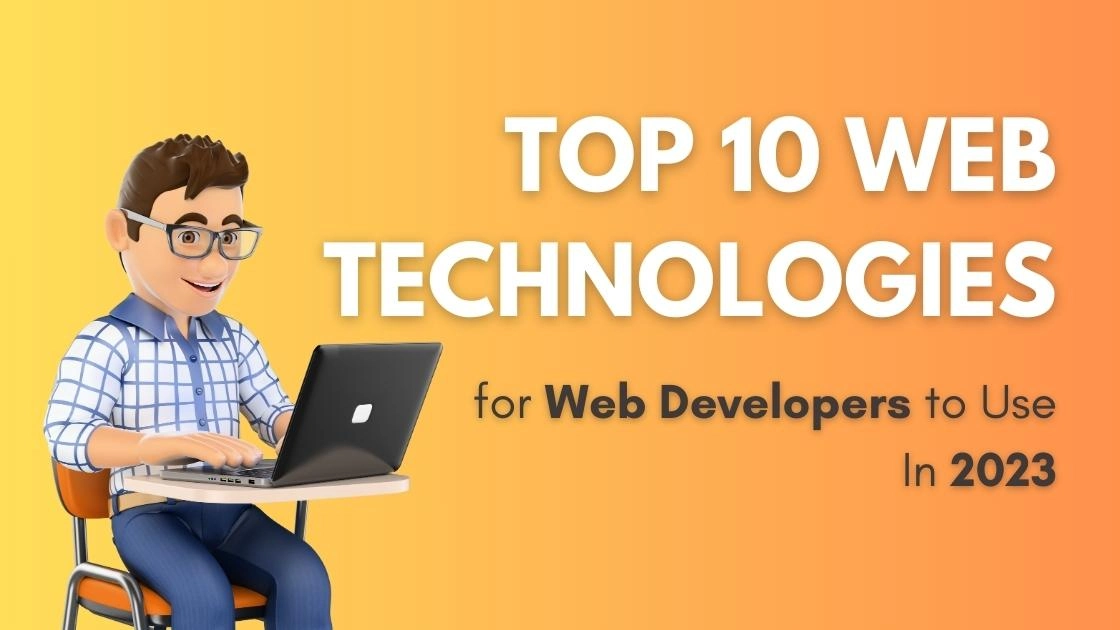Summary:-
The web development industry is changing and emerging at every step. Moreover, web developers are continuously experimenting and implementing various technologies to create better user experiences on websites. Therefore, they must know the right web technologies to boost the website’s functionalities. Read on this blog about the top 10 latest web technologies for web developers that will help create excellent websites in 2023.
Specifically, new technologies, such as advanced front-end frameworks, serverless computing, AI, Blockchain, and more, are reshaping development practices. As a result, today’s web developers are always experimenting with new ways of using these latest technologies. Using them, by leveraging them, they build websites that can improve communications and allow the audience to stay more closely connected with the brands.
In addition, having your website is a necessity in 2023. If you still don’t have one, make sure to create one with the help of a web developer. Making your development process easy, this article will help you learn about web technologies that you can apply when creating your next project to save time and cost, and earn the desired results.
Before proceeding, first, let’s understand web technologies.
What are Web Technologies?
Web technologies are a set of tools for web solutions. In fact, these tools are the secret weapons of web developers. Specifically, these include tools, languages, frameworks, website builder platforms, server-side scripting languages, databases, and more. Together, they help developers build user-friendly websites and web applications. However, to use these technologies in web development, the developers need to brush up on their knowledge at every point. Therefore, continuous learning can only help developers achieve better success.
Table of Contents
- Serverless Computing
- Progressive Web Apps (PWAs)
- AI Integration
- Web Assembly
- Blockchain Technology
- Headless CMS
- GraphQL
- ReactJS
- Angular
- Node.js
- Conclusion
Top 10 Web Technologies for Web Developers in 2023
1. Serverless Computing
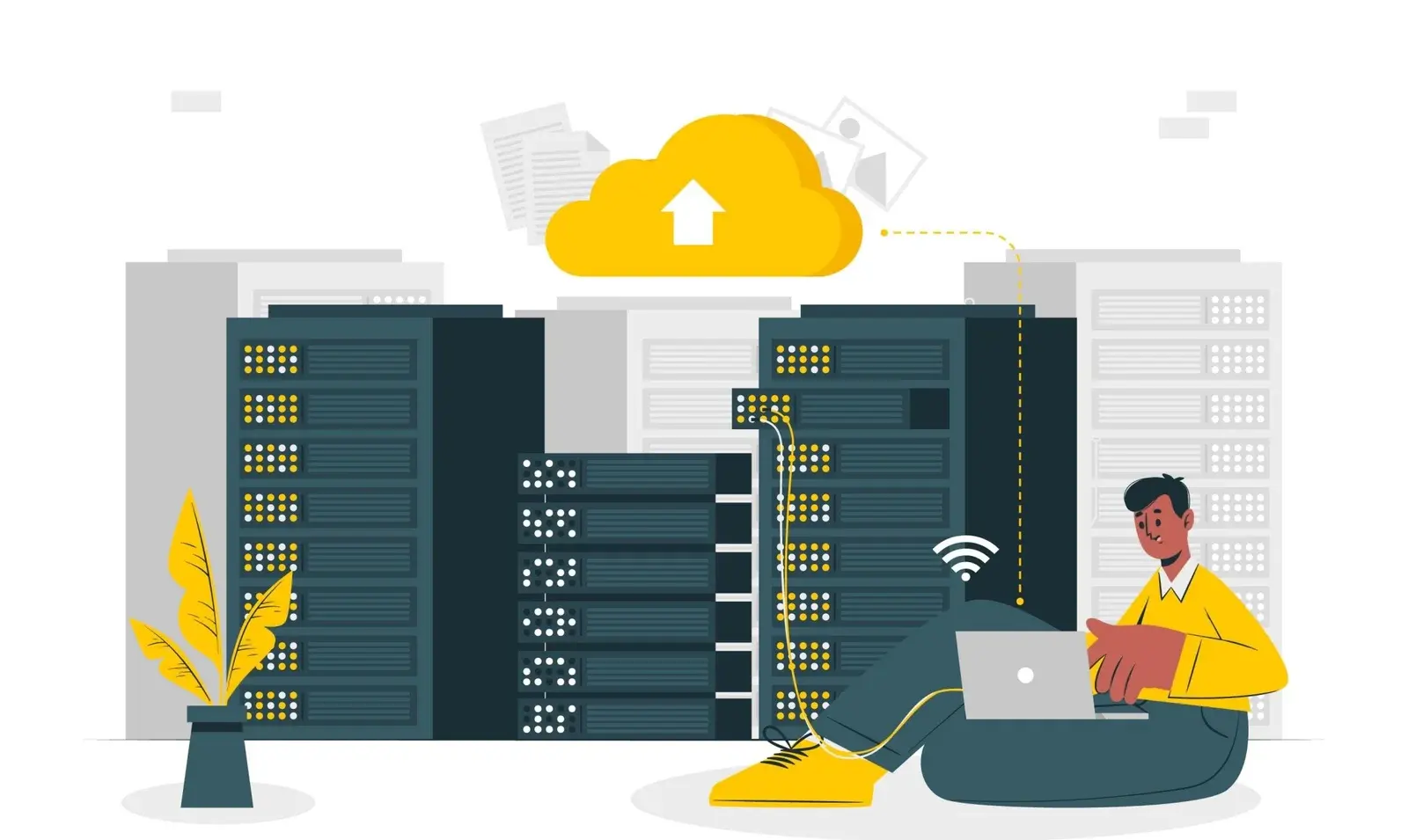

Serverless computing remains a dominant force in 2023’s web development landscape. Offering unparalleled scalability and cost efficiency, Moreover, it allows developers to focus solely on code, eliminating server management complexities.
Furthermore, by breaking applications into discrete functions, serverless architecture enables rapid development and deployment. In addition, its event-driven nature ensures resources are allocated dynamically, optimizing performance. Moreover, major cloud providers offer robust serverless platforms, facilitating seamless integration with various services and APIs.
Examples – Google, Amazon, and Microsoft are examples of serverless architecture.
2. Progressive Web Apps (PWAs)


PWAs stand out as a versatile and user-centric approach, making them an essential choice for web development in 2023. Progressive Web Apps offer a user experience by integrating web and mobile applications.
Moreover, with features like offline functionality, fast loading times, and push notifications, PWAs enhance engagement and accessibility. In addition, they eliminate the need for installation while offering app-like interactions, thereby fostering user retention. As a result, as browser support and development tools improve, PWAs empower developers to create cross-platform solutions efficiently.
Examples – Twitter, Pinterest, Uber, and Flipkart use PWA technology.
3. AI Integration


AI integration in 2023 emerges as a pivotal trend, revolutionizing web development. Infusing AI into websites empowers personalization, chatbots, recommendation systems, and image recognition, enhancing user engagement and satisfaction. This integration empowers websites to adapt to users’ behavior and preferences, enhancing user engagement and satisfaction.
From content curation to predictive analytics, AI-equipped sites anticipate user needs, delivering tailored experiences. As AI continues to advance, web developers harness its potential to create more intuitive, efficient, and interactive online ecosystems.
Examples – Amazon, Netflix, Google, and Spotify use AI integration technology.
4. Web Assembly
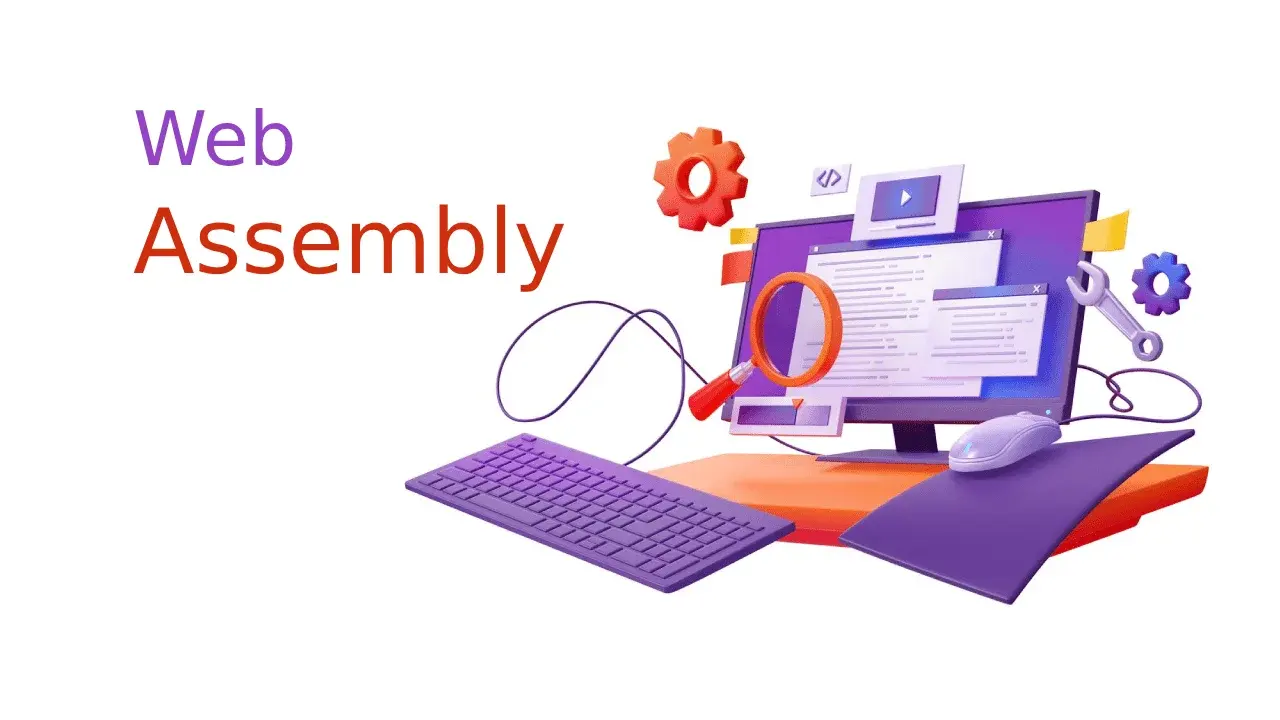

Web Assembly enables complex applications to run at near-native speeds, expanding possibilities for gaming, simulations, and data processing. Web Assembly, a transformative technology, empowers web developers to run high-performance applications at near-native speeds within web browsers. Specifically, by compiling code from programming languages like C, C++, and Rust, Wasm transcends platform limitations, revolutionizing web experiences with its efficiency and speed.
Furthermore, Web Assembly continues to unlock new possibilities, enabling developers to create sophisticated and resource-intensive applications on the web. As a result, it blurs the lines between traditional desktop and web-based software.
Example – Google, Microsoft, Shopify, and Figma use WebAssembly technology.
5. Blockchain Technology
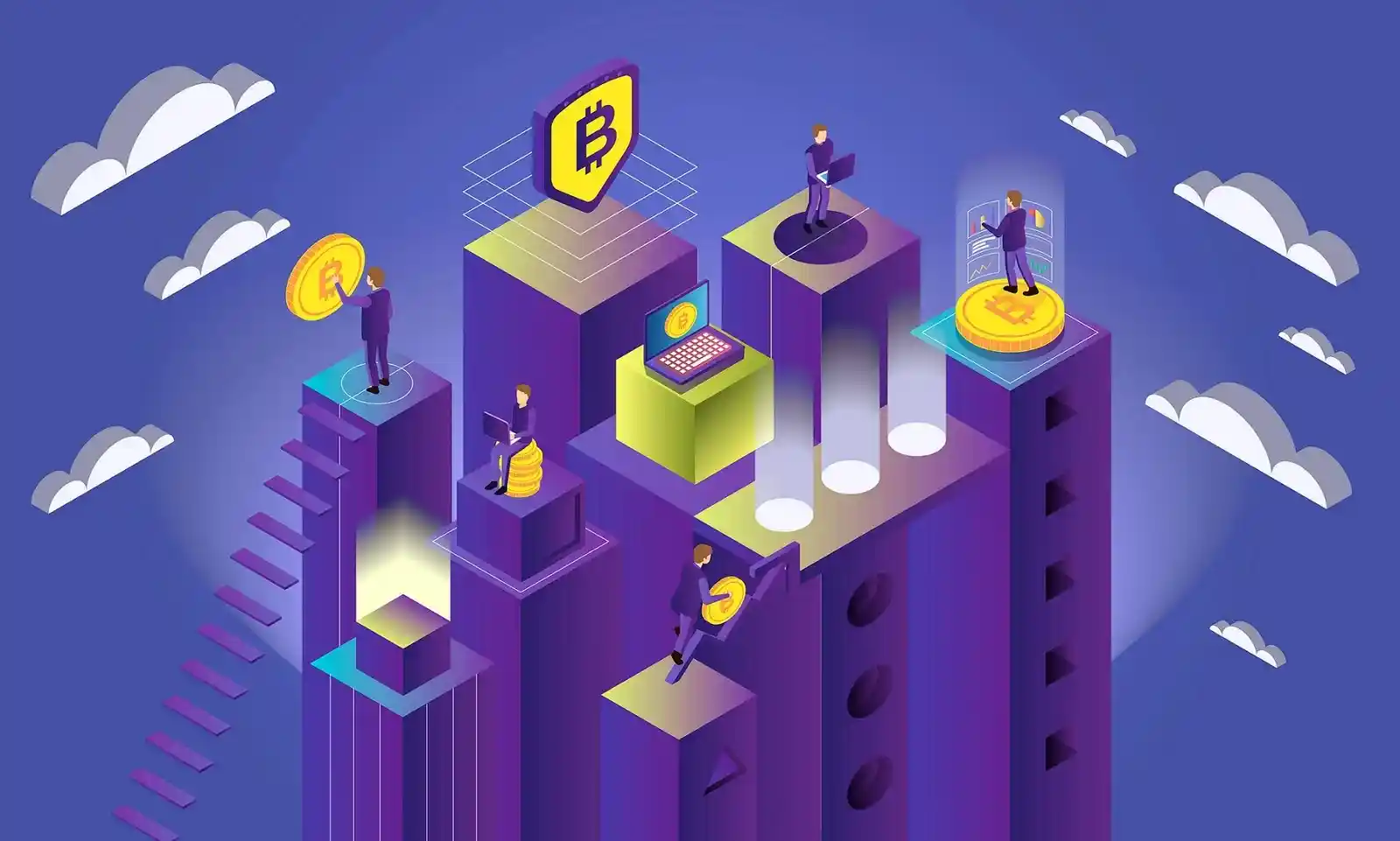

Elevating security and trust, Blockchain integrates into web applications for transparent transactions, digital identity verification, and safeguarding sensitive data. Utilizing cryptographic techniques ensures transparency, immutability, and trust in various applications. From cryptocurrency transactions like Bitcoin and Ethereum to supply chain management, identity verification, and smart contracts, each data block is linked and secured cryptographically, forming an unalterable chain.
Examples – IBM, Microsoft, Walmart, and Nestle use blockchain technology.
6. Headless CMS


Headless CMS stands out as a vital web technology for developers. By decoupling the content management system from the frontend presentation layer, Headless CMS enables greater flexibility and agility in content delivery across various platforms and devices. As a result, this approach streamlines content updates, accelerates development, and fosters a consistent user experience. Furthermore, developers can leverage their preferred technologies for front-end development, while content creators manage and update content seamlessly.
Examples – Strapi, Contentful, and WordPress use Headless CMS technology.
7. GraphQL


GraphQL possesses the ability to efficiently retrieve and manipulate data from APIs, enhancing performance and flexibility. Moreover, it minimizes over-fetching and under-fetching issues. This query language empowers developers to request precisely the data they need, streamlining communication between clients and servers.
Furthermore, as APIs become more complex, GraphQL’s introspective nature simplifies schema evolution and versioning. Major tech players continue to adopt and support GraphQL, solidifying its importance in modern web development.
Examples – Facebook, GitHub, Shopify, and Twitter use GraphQL technology.
8. React JS
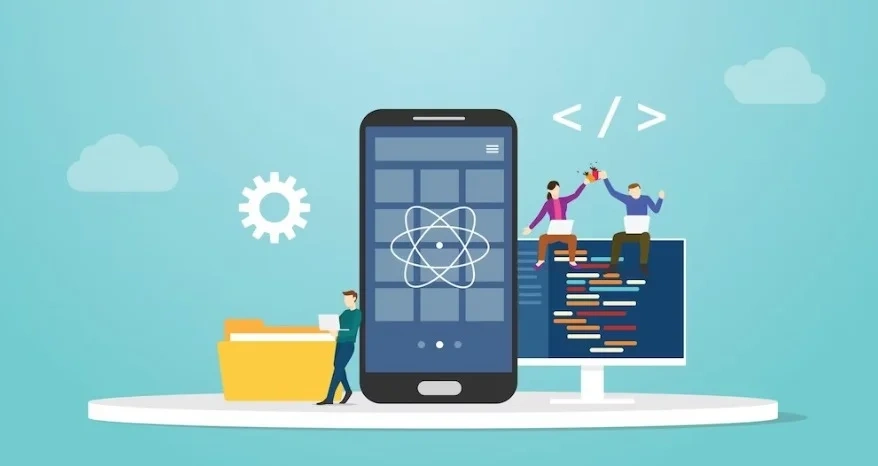

ReactJS remains a foundational web technology for developers. Its component-based architecture and virtual DOM enable efficient and responsive user interfaces. Moreover, with a vast ecosystem of libraries and tools, React empowers developers to create dynamic web applications with ease.
Furthermore, React’s continued popularity of React is evident through its active community and widespread adoption by leading companies. React Best Practices facilitate code reusability coupled with its focus on performance, positioning it as a go-to choice for crafting modern, interactive, and scalable web experiences.
Example – Facebook, Airbnb, Netflix, Uber, and Dropbox use React technology.
9. AngularJS
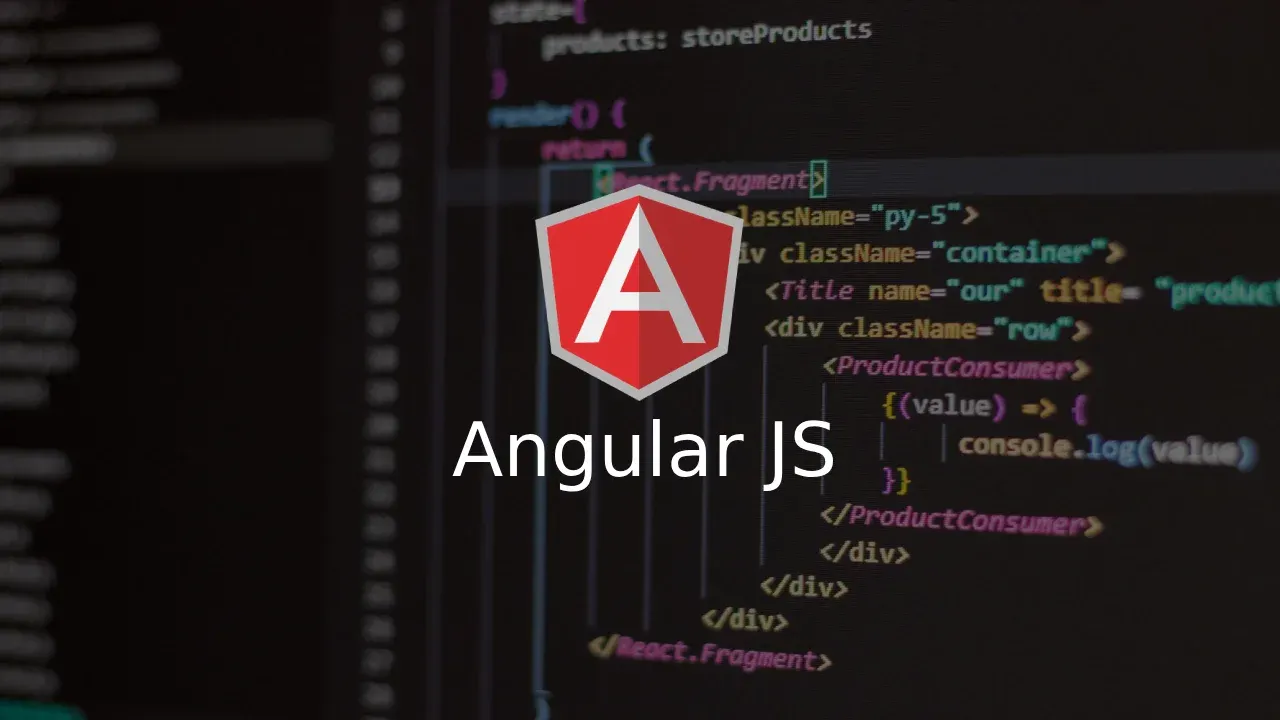

The Angular framework remains a prominent web technology for developers in 2023. Moreover, with its robust framework and TypeScript integration, AngularJS enables the creation of sophisticated and feature-rich web applications. Furthermore, its two-way data binding and modular architecture streamline development, while its CLI tools enhance productivity.
Despite evolving trends, Angular maintains its relevance, supported by Google and a dedicated community. As a result, Consequently, its structured approach and comprehensive documentation make it a reliable choice for building complex applications.
Examples – Google, Microsoft, IBM, and Forbes use Angular technology.
10. Node.js
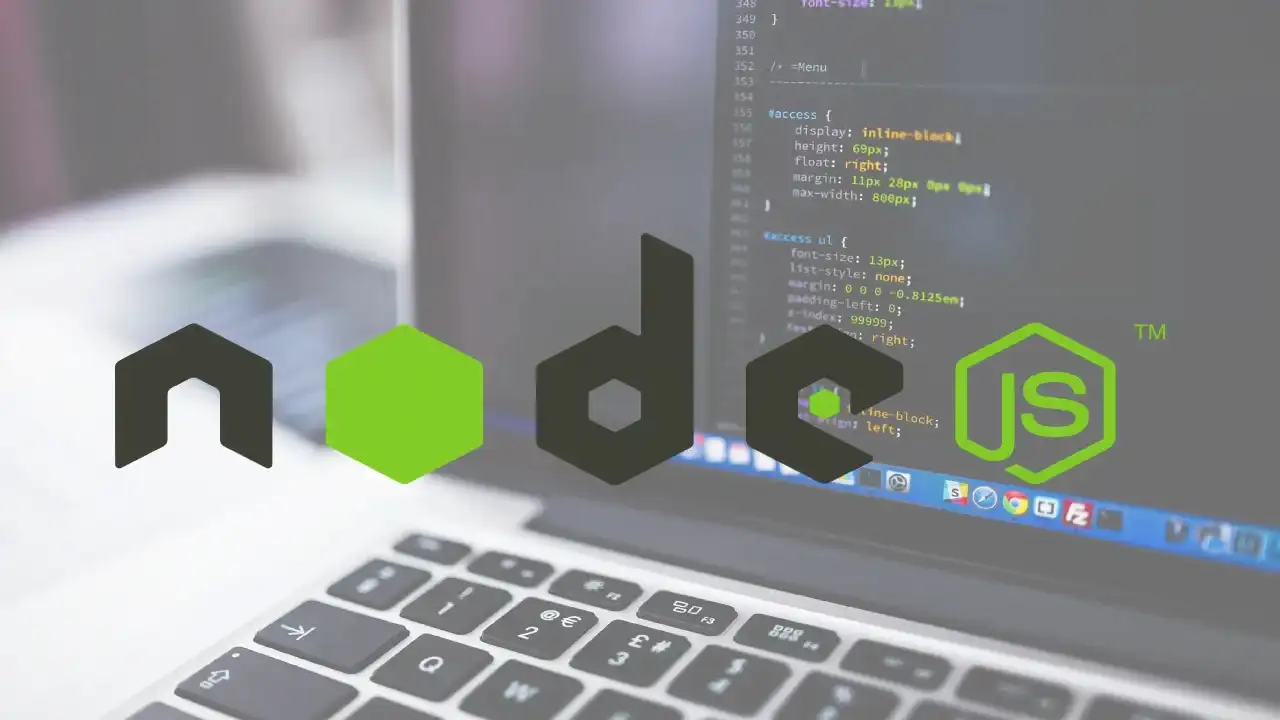

Node.js will continue to be a cornerstone of web technologies used by developers in 2023. As a versatile runtime environment, it enables server-side JavaScript execution, fostering efficient and responsive applications.
Moreover, Node.js’s non-blocking, event-driven architecture remains pivotal for building real-time applications and APIs, ensuring optimal scalability and performance. In addition, its rich package ecosystem, facilitated by npm, empowers developers to streamline development and integrate third-party modules seamlessly. Furthermore, Node.js’s cross-platform compatibility further cements its role in modern web development.
Example – Netflix, Uber, LinkedIn, PayPal, and eBay use Node.js technology.
Conclusion
The landscape of web development in 2023 is marked by an array of indispensable technologies that empower developers to create exceptional digital experiences. However, these technologies collectively shape the modern developer toolkit. As a result, they enable the creation of innovative, performant, and user-centric web solutions that cater to the ever-evolving demands of the digital world.
You May Like it
Discover more from Wordpress Tutorial for Beginner's
Subscribe to get the latest posts sent to your email.

